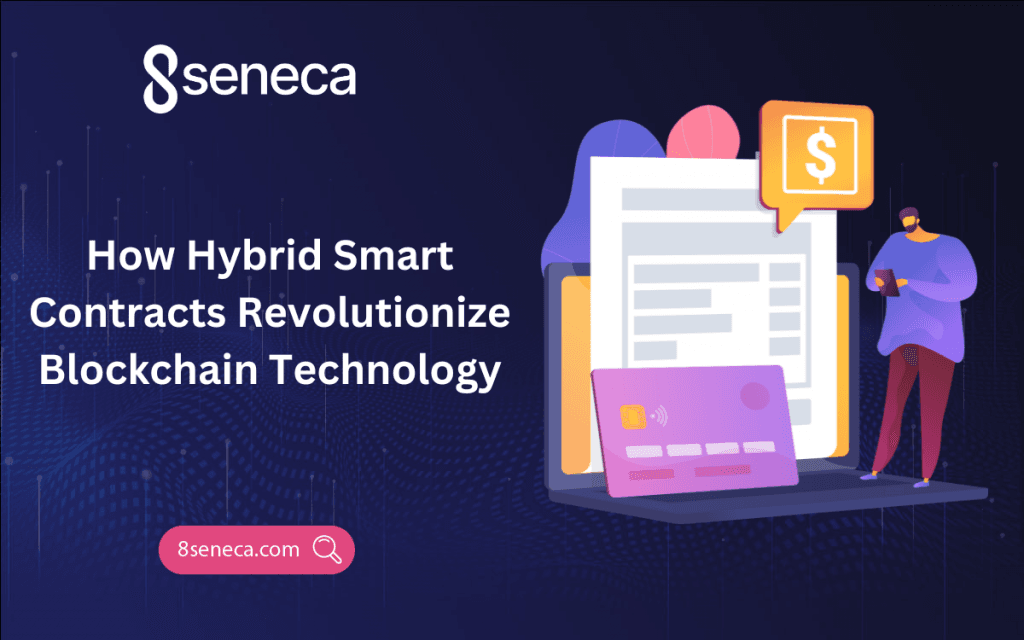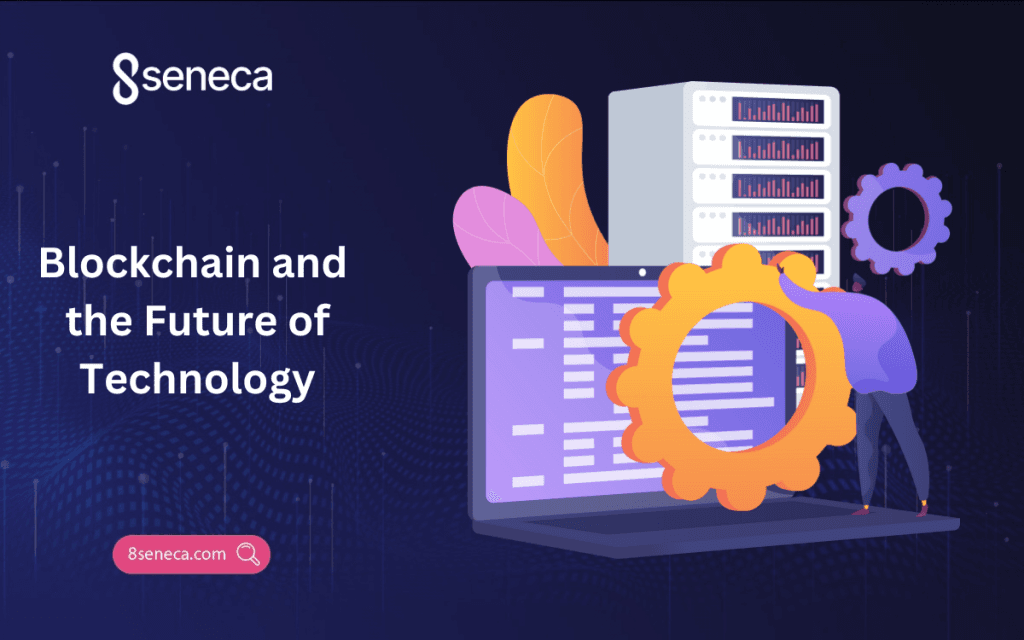Cloud Computing in Retail: Key Use Cases and Best Practices
Cloud computing helps retailers optimize operations, streamline inventory, and improve decision-making with real-time data.
What is Cloud Computing?
Simply put, cloud computing provides computing services—including servers, storage, databases, networking, software, analytics, and intelligence—over the internet (“the cloud”). Cloud storage makes it possible to save remotely instead of keeping files on a proprietary hard drive or local storage device. This allows companies to expand and reduce resources.
Why Cloud Computing Matters in Today’s Business Environment
Cloud computing revolutionizes how businesses operate, offering several critical benefits:
- Scalability: Businesses can scale IT resources in response to changing demands, ensuring they have the right infrastructure during peak and off-peak times.
- Cost-efficiency: By eliminating the need for physical hardware and reducing maintenance costs, companies save on upfront and ongoing expenses.
- Flexibility: Cloud solutions enable businesses to be more agile, easily integrating new tools and adapting to changing market conditions.
Cloud computing enables businesses to innovate and optimize multiple aspects of their operations. Retailers are using the cloud to simplify work, including optimizing supply chains, streamlining inventory management, and delivering personalized customer experiences. Through cloud-based data analytics, they can access real-time insights that improve decision-making and better respond to market trends. Additionally, the cloud empowers retailers to launch e-commerce platforms rapidly, manage operations seamlessly, and enhance overall customer satisfaction with scalable, flexible solutions.
Main Benefits for Retailers
- Improved Data Security: as retailers often receive numerous customers daily, protecting data is necessary. Cloud computing secures sales, inventory, and customer information. It is widely accepted that the cloud provides strong data security through advanced tools. This eases concerns about storing sensitive data in the cloud, including encryption and firewalls.
- Better Customer Experience: customer experience can make or break customer loyalty. Hence, cloud computing is important to maintain this because it gathers and uses data to understand customer behavior and interactions to gain a competitive edge.
Analyzing customer behavior, such as purchase history, helps retailers predict and develop a better customer journey. Moreover, cloud computing also uses the collected data to make strategies on how to attract more customers.
Scalability: Retail is often affected by external forces, such as seasonal changes, promotions, and even weather conditions. Thus, they need equipped IT systems to deal with this upheaval and offer scalability. Cloud-based models automatically adjust resources to meet demand. They also scale up to satisfy customers or down to reduce expenses. This allows retailers to easily get used to changing demand. Flexible payment options also let businesses increase or decrease usage as needed.
Disaster Recovery: Cyberattacks aren’t always the main problem, local server failure, power outages, or natural disasters can also lead to data loss. Recovering data loss manually can be time-consuming or even impossible. Cloud disaster recovery lets retailers safeguard their data and access it whenever they want. Cloud computing also automates backups and allows retailers to access wherever they want.
Top Use Cases of Cloud Computing in Retail
1. E-commerce Platforms & Scalability
Cloud computing allows retailers to easily scale their e-commerce operations to handle spikes in demand, such as during holidays or special sales. By automatically adjusting resources, cloud platforms ensure websites run smoothly, even during high-traffic periods, improving customer satisfaction and preventing downtime.
2. Inventory & Supply Chain Management
Cloud-based systems offer real-time tracking of inventory and supply chains, allowing retailers to forecast demand accurately and optimize stock levels. This helps reduce overstocking or stockouts, ensuring smoother operations and better supply chain efficiency.
3. Customer Personalization & Data Analytics
Retailers use cloud-powered data analytics to gather insights from customer behavior, preferences, and purchase history. This enables personalized product recommendations, targeted marketing campaigns, and better customer engagement, ultimately driving sales and loyalty.
4. Enhancing Customer Experience through AI & Chatbots
Cloud-based AI solutions, such as chatbots and virtual assistants, provide instant customer support, helping shoppers with queries, product information, or order tracking. This enhances the customer experience by offering fast, reliable, and automated assistance.
5. Disaster Recovery & Security
Cloud computing offers retailers a secure way to store sensitive data and ensures business continuity through cloud-based backups and disaster recovery solutions. These systems automatically back up data and provide secure access, minimizing the risk of data loss due to cyberattacks, server failures, or natural disasters.
Best Practices for Cloud Adoption in Retail
1. Develop a Clear Cloud Strategy
Before adopting cloud technologies, retailers should align their cloud strategy with their overall business goals. This means identifying specific retail needs—whether it’s improving customer experience, optimizing supply chains, or expanding e-commerce—and ensuring the cloud solution meets these objectives.
2. Prioritize Data Security & Compliance
Retailers must ensure their cloud solutions comply with industry regulations, such as GDPR and PCI, to protect sensitive customer data. Focusing on robust security measures, such as encryption and access control, is essential to maintaining trust and avoiding potential fines.
3. Leverage a Multi-Cloud or Hybrid Approach
Using a combination of cloud solutions (multi-cloud) or blending on-premise infrastructure with cloud services (hybrid) provides flexibility and reduces risks. This approach ensures that retailers are not overly reliant on a single provider and can manage workloads efficiently across different environments.
4. Invest in Employee Training
To fully benefit from cloud adoption, retail employees need the skills to effectively use cloud technologies. Regular training and upskilling ensure that staff can leverage cloud-based tools for better decision-making, productivity, and customer engagement.
The Future of Cloud in Retail
Trends Shaping the Future of Cloud in Retail
The future of retail will be increasingly driven by cloud-powered technologies such as AI, machine learning (ML), predictive analytics, edge computing, and the Internet of Things (IoT). These advancements will create a more connected retail ecosystem, enabling retailers to offer smarter, personalized shopping experiences. Predictive analytics will allow retailers to anticipate customer needs, while AI/ML will automate and enhance decision-making processes, from inventory management to customer interactions. Edge computing and IoT will enable faster data processing at physical locations, creating more efficient in-store operations and real-time customer insights.
The Continued Evolution of Omnichannel Retail
Cloud computing will continue to be the backbone of seamless omnichannel retail, integrating in-store and online experiences. Retailers will further enhance how customers engage with their brand across multiple platforms, providing consistent, personalized, and real-time experiences, whether through e-commerce, mobile apps, or physical stores. Cloud-based solutions will help retailers manage inventory, marketing, and customer service seamlessly across all channels.
Conclusion
In today’s rapidly evolving retail landscape, embracing cloud computing is no longer optional—it’s essential for staying competitive. By leveraging the cloud, retail businesses can drive innovation, streamline operations, and deliver enhanced customer experiences. Cloud computing allows retailers to be more agile, data-driven, and efficient, ensuring they can meet customer expectations and thrive in the future
Related Articles

Jan 14, 2025
Read more
Will Decentralized Social Media Take Over in 2025?
Explore if decentralized social media could reshape online interactions in 2025 with greater privacy and control.

Jan 08, 2025
Read more
What You Need to Know About Zero-Trust Architecture
Learn the essentials of Zero-Trust Architecture: how it enhances cybersecurity by verifying every user and device.

Sep 27, 2024
Read more
How Hybrid Smart Contracts Revolutionize Blockchain Technology
Discover what hybrid smart contracts are and how they are revolutionizing blockchain technology, including key benefits and challenges.

Sep 25, 2024
Read more
AI vs. Machine Learning: Understanding the Key Differences
Learn the differences between AI and ML, their impact on business, and how to leverage them effectively in business.

Aug 14, 2024
Read more
Blockchain and the Future of Technology
Explore how blockchain technology is revolutionizing industries like finance, healthcare, and supply chain management.

Aug 08, 2024
Read more
Cybersecurity: Protecting Our Digital World
The importance of cybersecurity in today's digital age. Learn tips to protect your data and systems from digital threats.
